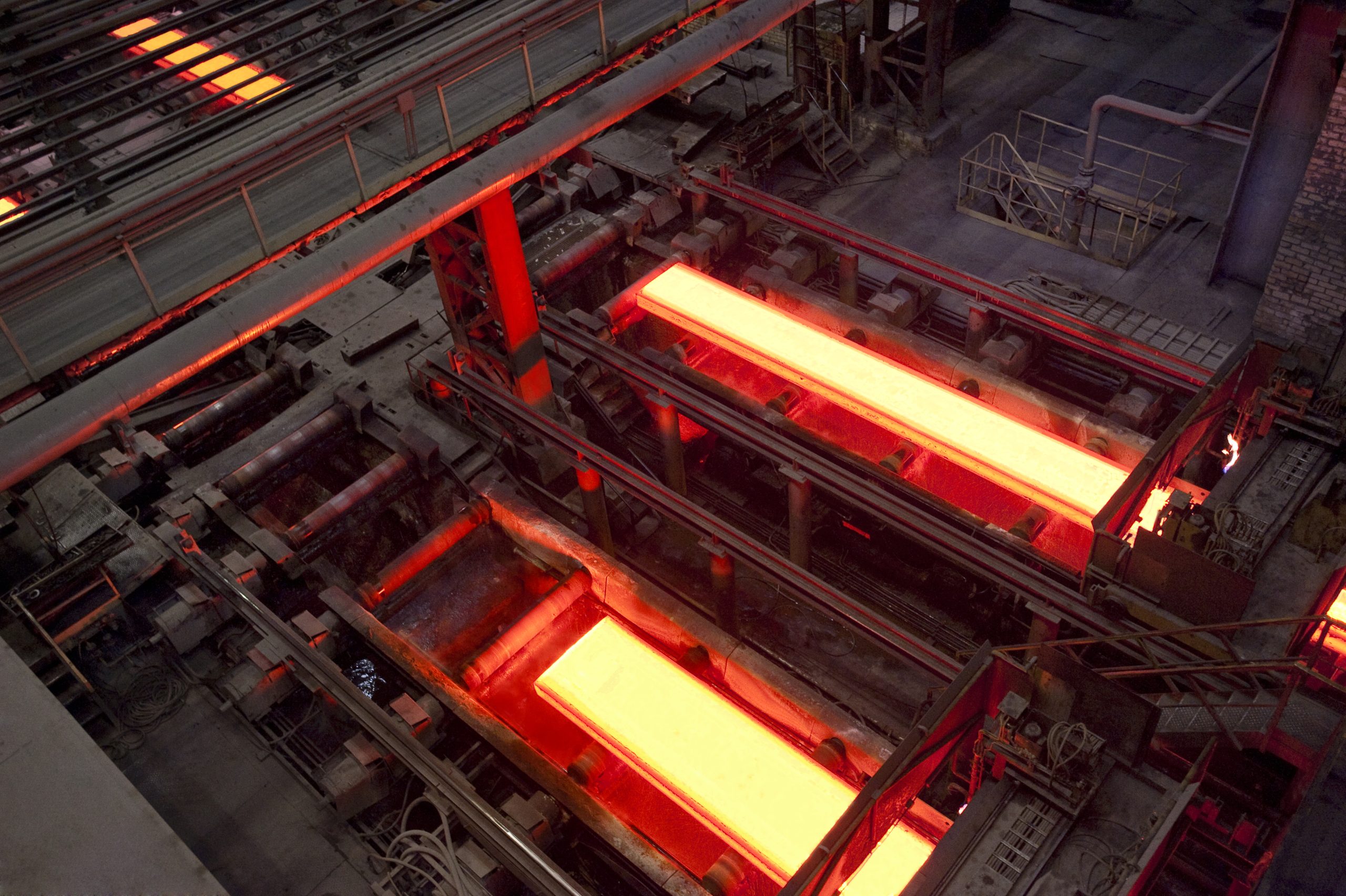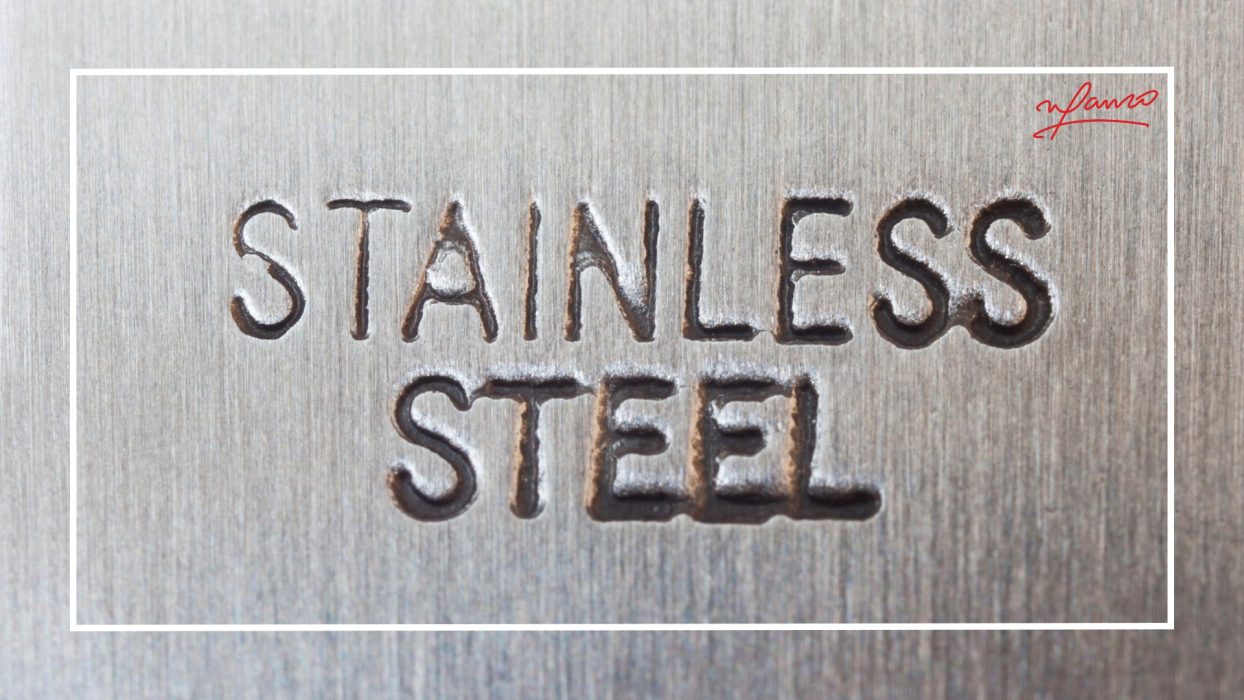Hot rolled steel plates are the workhorses of fabrication and heavy engineering. They bend cleanly, weld predictably, and come in practical sizes that keep shop floors productive. In this guide you will learn how hot rolling works, which grades and tolerances matter, and how to write a clear RFQ that speeds pricing and delivery.
What is a hot rolled plate
Hot rolling reduces a reheated slab to final thickness at high temperature. The process shapes the microstructure for ductility and gives you stable behavior during bending and welding. For a simple primer on hot rolling as an industrial process, see the Britannica overview. Encyclopedia Britannica
Why the manufacturing route matters
Rolling passes, temperature control, and cooling practice decide thickness accuracy and flatness. Good plate rolling delivers
-
Predictable bend behavior with common radii
-
Consistent thickness across the width
-
Flatness that supports clean fit up and gasket seating
Grades and standards you will encounter
Pick a grade that matches code and service. Common choices include
-
IS 2062 E two five zero and E three five zero for structural and general fabrication
-
ASTM A thirty six for many global projects
If your service involves higher temperature or pressure, review alloy options on our Alloy Steel Plates page. For general structural work, see Mild Steel Plates.
Tolerances and flatness that save time
Define tolerances at the inquiry stage rather than fixing them on the shop floor. Industry flatness guidance for plates is traditionally set in ASTM documents used across the trade. Align the class that suits your machining or sealing needs to avoid rework during fit up. Castle MetalsClifton Steel
Surface condition and finishing options
Choose a surface that matches your plan.
-
Mill finish when you blast and paint in house
-
Shot blasted and primed supply to speed layout and welding
-
Clean identification and plate marking to simplify receiving and traceability
Typical applications
-
Building and industrial structures such as base plates, gussets, and connection parts
-
Tanks, hoppers, ducting, and general fabrication
-
Heavy machinery beds and equipment frames
-
Shipbuilding and infrastructure where robust plate sections are required
How to specify hot rolled plates with confidence
A clear RFQ prevents delays and revision loops. Share
-
Standard and grade
-
Thickness, width, length, and quantity
-
Thickness and flatness tolerance targets
-
Edge condition and finish
-
Processing needs such as cutting, bevels, and part marking
-
Required documents and any NDT scope
-
Delivery location and target date
Documents and inspection
Ask for mill test certificates with chemistry and mechanical results tied to heat numbers. Plan ultrasonic testing or impact tests when project documents require them. Keep traceability from receipt to cut parts with visible plate IDs.
Quick buyer tips
-
Match the thinnest plate that meets design loads to reduce weld volume and handling time
-
Share DXF files or a cut list if you need cut to size parts
-
Confirm delivery windows early to align with your fabrication schedule
Conclusion
Choose hot rolled plates when you need strength, productive fabrication, and dependable flatness in medium to heavy sections. Set tolerances and finish early, lock documents, and your project moves without friction. Ready to check sizes and lead time
Click Here to share your requirement and receive a precise RFQ.



